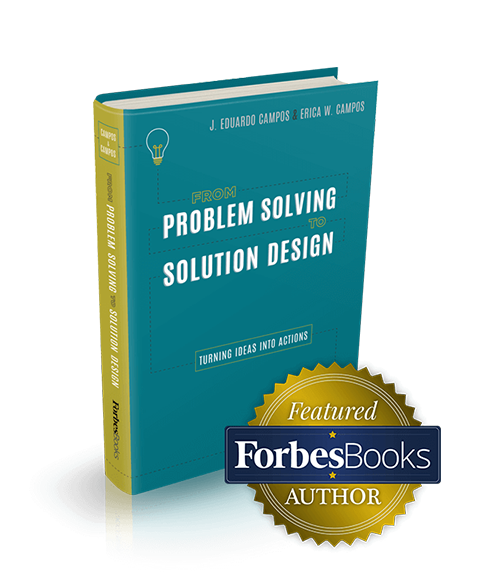Solution design. You wouldn’t start out on a road trip without having a detailed plan, or roadmap. And you shouldn’t start your business without a plan, either. And we’re talking more than just a business model. We are firm believers in solution design, which acts as a GPS to guide you toward the best route for business success.
And you’re in luck. We’ve dealt with many detours, roadblocks, and broken tires along our journey helping others’ businesses that we can share our knowledge and experience with you. In our journey of designing solutions for complex problems in large organizations, we have trailed beaten paths and leveraged others’ previous learning. We’ve rerouted to match stakeholder expectations. We experimented with innovative approaches, succeeding many times, and failing in so many other cases. We’ve gone through the failures and frustrations for you. And when we did fail, we stepped back, regrouped with stakeholders, understood the root causes of failure, learned from the lessons presented, took alternative ways, and resumed our pursuit of a solution that would fit the bill until we were able to find the best one applicable.
What our successes and failures have shown us is that setting goals and assessing options are critical components for any effective Solution-Design process. You need measurable benchmarks for these goals and regular check-ins. Think of these as tune-ups for your car. This, when well thought out, increases the odds of having the essential problem addressed by sustainable solutions.
But don’t be discouraged if things don’t go exactly to plan. Businesses are complex and dynamic environments with constant change. Just like you can’t predict traffic on a road trip, you can’t predict every move in your business plan. Be flexible to change your goals and options to fit into your business and still achieve your goals. It’s also a good idea to use the technology around you to assist in these adaptations and revisions. You can track what led to this traffic or roadblock and if there is a way to predict or prevent it in the future. This can highlight patterns that can help prevent future headaches or problems down the road.
In addition to technology, using risk management concepts can be a very effective way to help you keep consistency throughout the design process. You will be able to define criteria to prioritize the problems to solve, evaluate solution options, and avoid the trap of ending up in an eternal crisis management.
For more information about how to differentiate your tasks and problems, explore embedded-knowledge.com.


